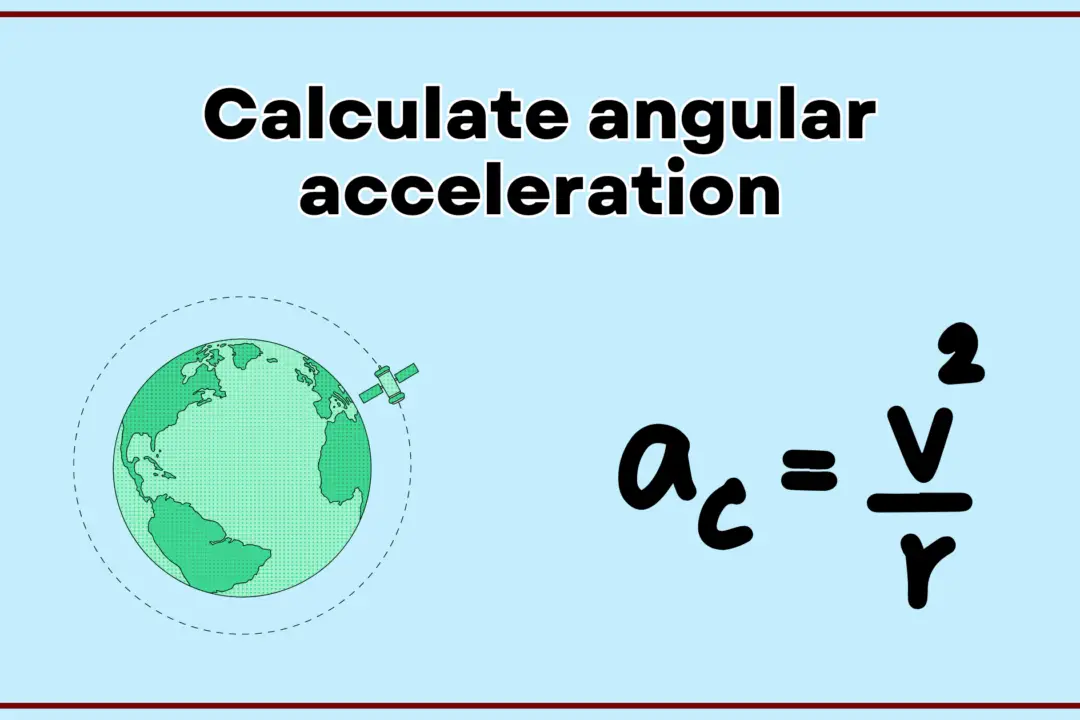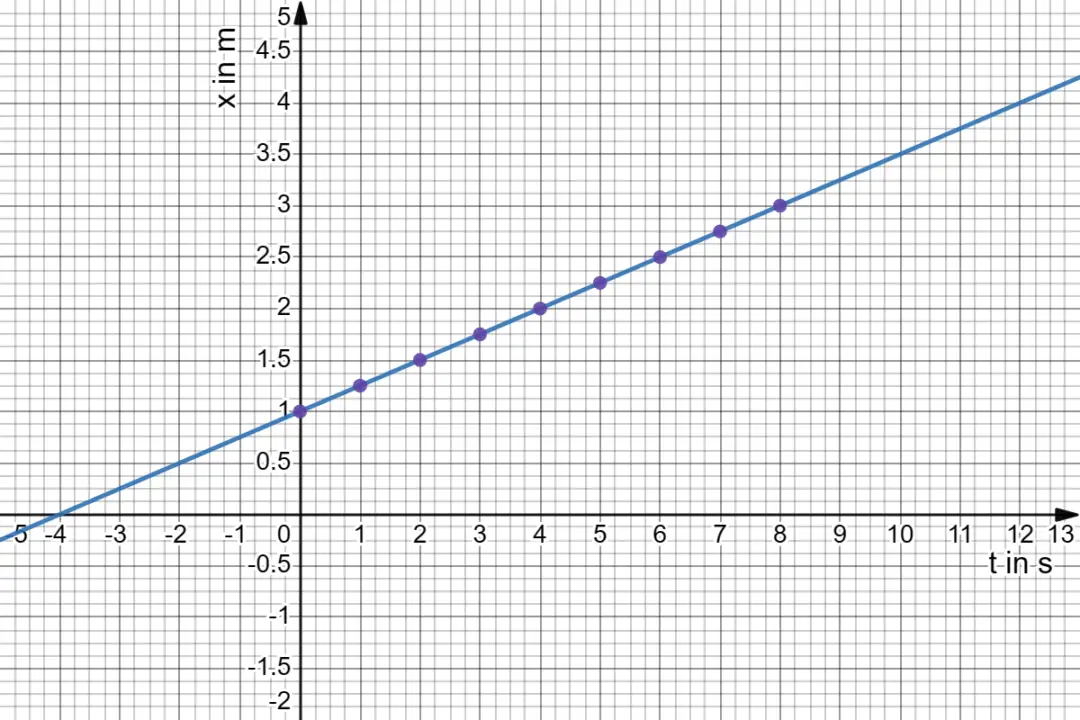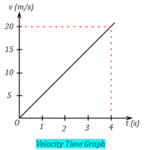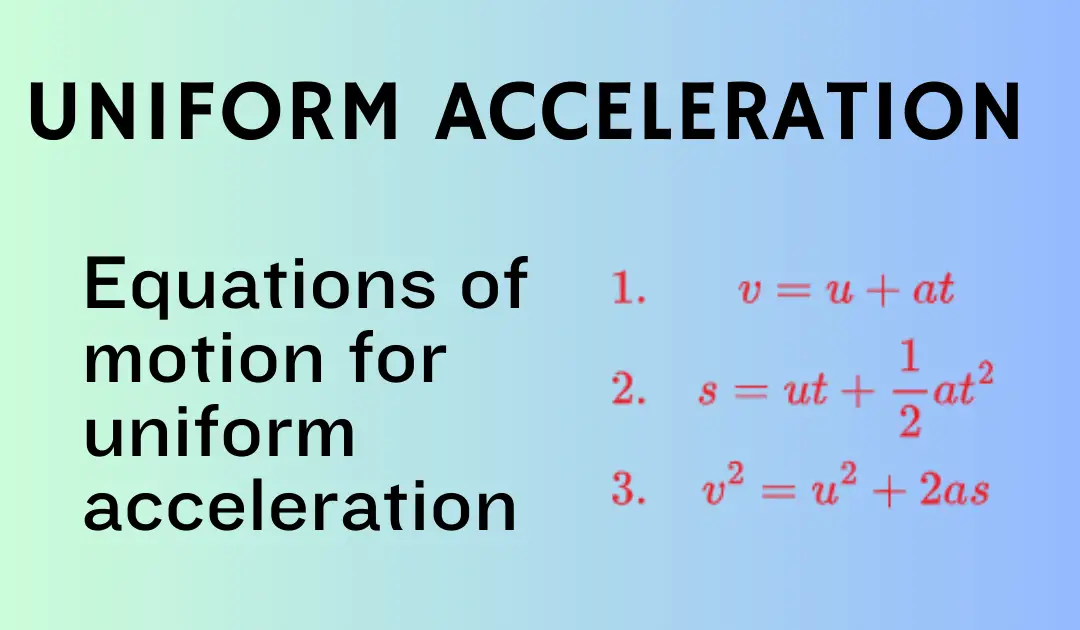In this article, you will learn how to find velocity without time. Here I will walk you through the concept, and equations that are to be used and will provide examples to solidify your understanding of this essential concept.
Velocity is a vector quantity that describes an object’s speed in a specific direction. In general, the formula for velocity (v) is given by v = d/t, where d is the displacement and t is the time taken.
However, there are cases where time (t) is not available, and we need to find velocity (v) using other given quantities.
Key Takeaways
- The equation v² = u² + 2as allows you to find an object’s final velocity without involving time.
- The variables in the equation are: initial velocity (u), final velocity (v), acceleration (a), and distance traveled (s).
- This equation is particularly useful when time is not available or not required for solving a problem.
Getting Familiar with the Variables
Before diving into the equation, let’s take a moment to understand the variables involved:
- ‘v’: The final velocity of the object
- ‘u’: The initial velocity, or the object’s speed at the start
- ‘a’: The acceleration, or how much the object is speeding up
- ‘s’: The distance traveled by the object
These variables will help us determine the final velocity of an object without involving time.
The Equation: $v^2=u^2+2as$
The equation $v^2=u^2+2as$ is derived from the fundamental equations of motion, which typically involve time. However, this specific equation has been manipulated algebraically to eliminate the time variable, making it perfect for solving problems where time is not given or not necessary.
Using this equation, we can find the final velocity of the moving object when we have information about its initial velocity, acceleration, and the distance it travels.
Practical Example: A Bicyclist’s Journey
To better understand how to use the equation $v^2=u^2+2as$, let’s work through an example:
A bicyclist starts from rest and accelerates at a rate of $3 m/s^2$, covering a distance of 24 meters. What is their final velocity?
- Identify the variables:
- Initial velocity $u: 0 m/s$ (starting from rest)
- Acceleration $a: 3 m/s^2$
- Distance $s: 24 m$
- Plug the values into the equation: $v^2 = 0^2 + 2(3)(24)$
- Solve for the final velocity $v$:
$v^2 = 144$
so
$v=\sqrt{144}=12 m/s$
In this case, the bicyclist’s final velocity is $12 m/s$.






